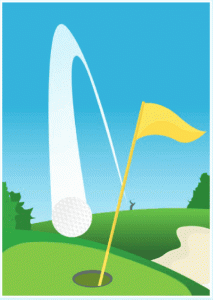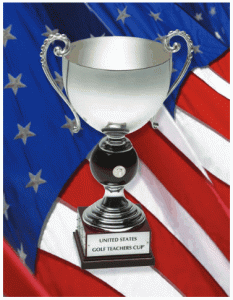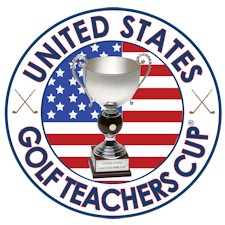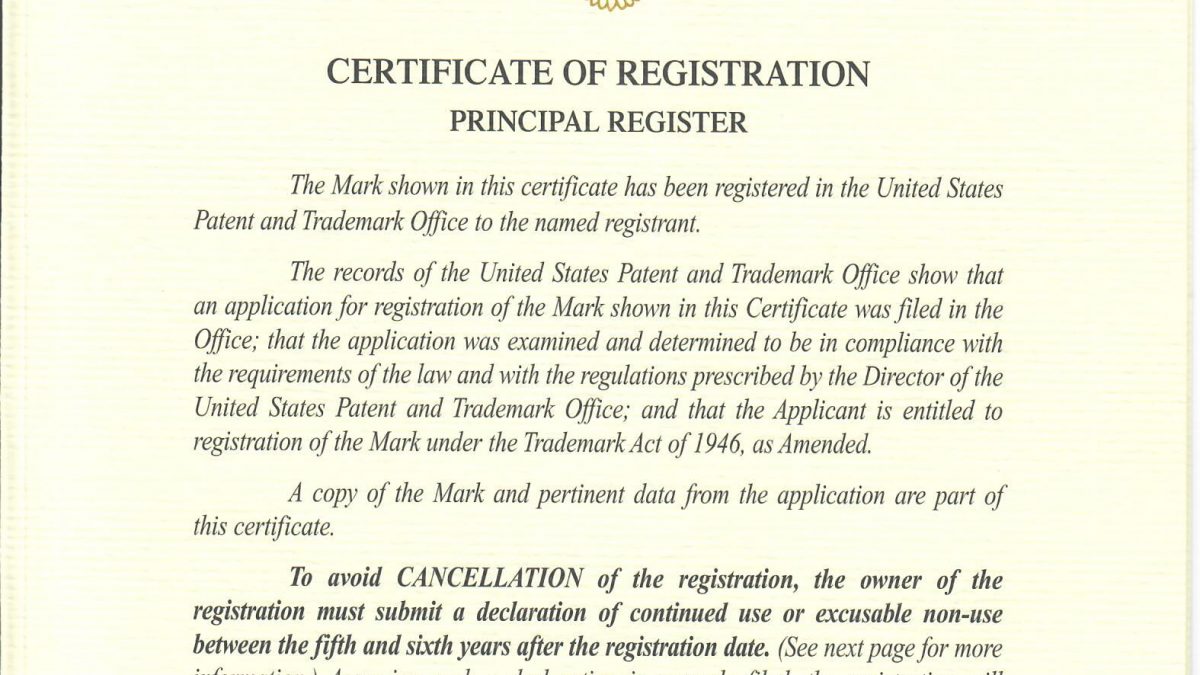Harman, Team USA Win World Cup
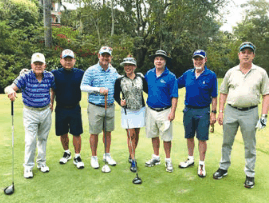 It took 21 years, but Mark Harman is finally back in the winner’s circle at the World Golf Teachers Cup. Since capturing his second individual championship in 1998 at San Roque, Spain, Harman watched other outstanding golfers like Dave Belling, Christopher Richards, James Douris and Ken Butler hoist the trophy. But this past February at La Iguana Golf Club in Herradura, Costa Rica, Harman emerged victorious by shooting 71-75 – 146 to edge Costa Rica’s Alejandro Duque by two shots. Overcoming an opening-hole double bogey, a four-putt on the third hole and three-putting two of the final three holes during the final round, Harman played the other 14 holes in three-under-par. Belling, the 2003 individual champion, finished third for the overall title and earned the World Golf Senior Teachers Cup individual title in the process, shooting74-79 – 153. Ray Holder’s two-round total of172 on scores of 85-87 defeated runner-up Peter Louis. Mary Wolf captured the Ladies title with 87-84 – 171.
It took 21 years, but Mark Harman is finally back in the winner’s circle at the World Golf Teachers Cup. Since capturing his second individual championship in 1998 at San Roque, Spain, Harman watched other outstanding golfers like Dave Belling, Christopher Richards, James Douris and Ken Butler hoist the trophy. But this past February at La Iguana Golf Club in Herradura, Costa Rica, Harman emerged victorious by shooting 71-75 – 146 to edge Costa Rica’s Alejandro Duque by two shots. Overcoming an opening-hole double bogey, a four-putt on the third hole and three-putting two of the final three holes during the final round, Harman played the other 14 holes in three-under-par. Belling, the 2003 individual champion, finished third for the overall title and earned the World Golf Senior Teachers Cup individual title in the process, shooting74-79 – 153. Ray Holder’s two-round total of172 on scores of 85-87 defeated runner-up Peter Louis. Mary Wolf captured the Ladies title with 87-84 – 171.
Employing a round-robin team match play format, Team USA swept all its matches to emerge victorious in the team competition, with Canada second and Asia third. Competitor Louis summed up the feelings of the participants when he said, “Fabulous golf course, unbelievable facilities. It was a pleasure to meet you all and to play with some of you. You are all exceptional and I cannot tell you how much I enjoyed it. Thanks to Mark and the rest of the team for organizing this treat.”


